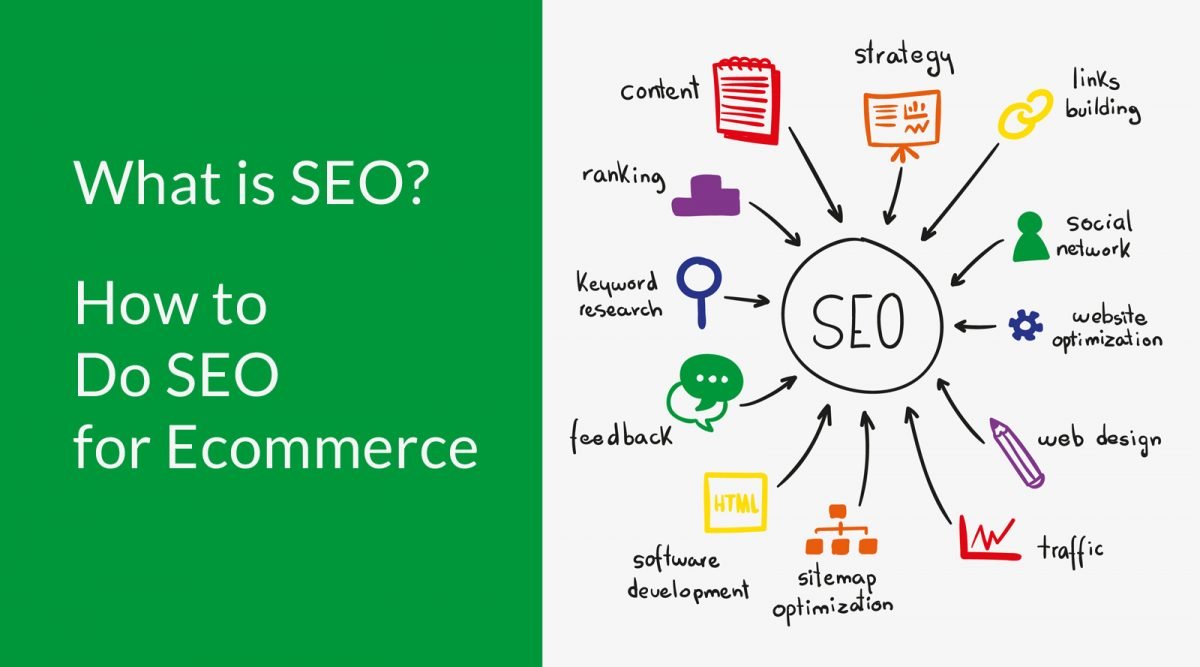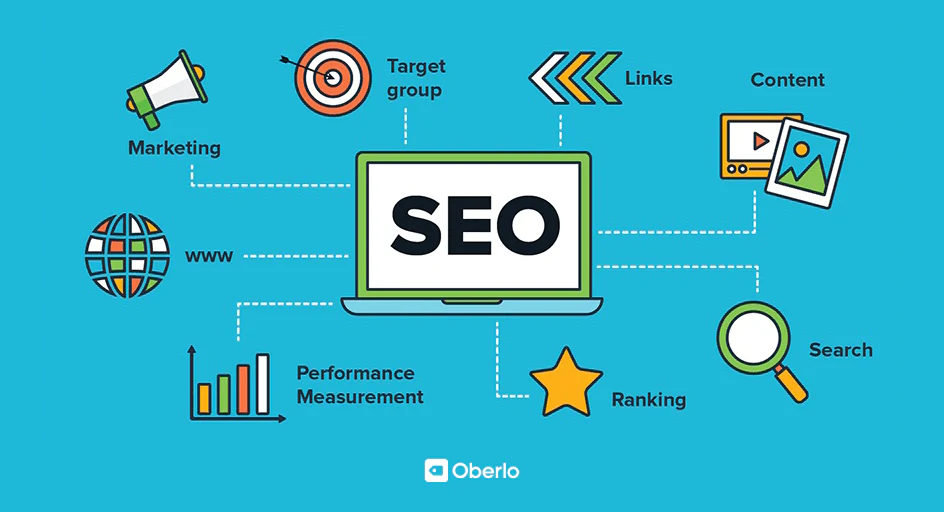Understanding the Role of User Experience in Modern Search Engine Optimization Practices
In an age where digital visibility can make or break a business, recognizing the crossway in between individual experience (UX) and contemporary SEO methods is more crucial than ever before. As online search engine advance, they significantly focus on sites that offer smooth, engaging experiences to individuals. Components such as site rate, mobile-friendliness, and intuitive navigation are no much longer mere improvements; they are crucial to SEO success. How do these components precisely influence search positions? And just how can businesses ensure their electronic content not only meets but surpasses advancing expectations? These concerns create the backbone of a vital conversation.
The Evolution of Search Engine Optimization
Throughout the years, the landscape of seo (SEARCH ENGINE OPTIMIZATION) has gone through considerable makeover, mirroring the vibrant nature of electronic technology and user habits. At first, SEO was mainly about keyword stuffing and link-building strategies, focusing greatly on adjusting internet search engine formulas to boost web site rankings. Nevertheless, as internet search engine ended up being much more sophisticated, these tactics started to lose effectiveness and importance.

In addition, mobile optimization and voice search have come to be important components of search engine optimization strategies. With the spreading of smart devices, making sure websites are mobile-friendly has actually become a requirement. Voice search, driven by virtual assistants like Siri and Alexa, has actually even more changed SEO methods in the direction of natural language handling and conversational material.
Basically, the advancement of search engine optimization shows a wider pattern towards boosting customer fulfillment by aligning digital content with the nuanced expectations of contemporary users.
Trick UX Aspects in SEO
In the realm of search engine optimization, vital user experience (UX) elements are important for boosting both customer complete satisfaction and search engine rankings. Central to this is the ease of navigation, which ensures users can intuitively find information without unnecessary clicks. A well-structured navigation system enables search engines to index pages better, contributing to higher presence. In addition, mobile responsiveness is essential in today's electronic landscape, as a substantial part of web traffic stems from smart phones. Internet sites maximized for mobile usage not only foster a smooth customer experience however also straighten with Google's mobile-first indexing strategy.
Clear call-to-action (CTA) switches assist customers in the direction of wanted activities, boosting conversion prices. Accessibility can not be overlooked; guaranteeing that material is available to individuals with disabilities expands reach and complies with internet standards. Integrating these UX elements successfully supports SEO initiatives by promoting customer retention and promoting search engine understanding of website web content.
Effect of Website Rate
While typically underestimated, the impact of site speed on customer experience and Search engine optimization can not be overstated. A slow-loading website can lead to enhanced bounce rates, as customers are likely to desert a website if it takes even more than a few secs to load.
In addition, website rate straight influences conversion prices and individual complete satisfaction. Study indicates that also a one-second delay in web page lots time can result in considerable decreases in consumer complete satisfaction and conversion chance. This underscores the requirement for organizations to have a peek at this site prioritize website rate optimization as part of their SEO approach. Efficient procedures include optimizing pictures, leveraging web browser caching, and decreasing HTTP demands. By resolving these technical aspects, websites can improve their speed, thus boosting user experience and increasing their search engine optimization efficiency. Eventually, purchasing website speed is buying both consumer complete satisfaction and internet search engine presence, critical elements in the digital marketplace.
Mobile-Friendliness Significance
Adapting to mobile-friendliness has actually come to be a crucial component of efficient search engine optimization methods. As mobile gadgets progressively dominate internet usage, search engines like Google have actually changed in the direction of mobile-first indexing, meaning the mobile variation of a website is focused on in ranking algorithms (seo adelaide). Mobile-friendliness is not merely a pattern but a requirement in maximizing a site's search engine performance

As users commonly look for neighborhood information on-the-go, having a mobile-optimized site boosts exposure in neighborhood search results, driving foot web traffic and conversions for companies. Internet sites that fail to prioritize mobile-friendliness danger shedding out on beneficial traffic, as users are less likely to engage with sites that are tough to browse on their mobile tools.
Enhancing Navigating for SEO
As businesses acknowledge the requirement of mobile-friendliness in SEO, one more essential element arises: improving navigating - seo adelaide. Efficient navigating is vital as it directly influences individual experience (UX), which browse engines progressively prioritize. A well-structured discover this web site guarantees that individuals can quickly find the content they are searching for, decreasing bounce rates and increasing dwell time, both of which are crucial SEO metrics
To boost navigating, web sites need to embrace a logical hierarchy that overviews customers flawlessly via web content. This includes clear, concise food selection tags and an user-friendly layout, which collectively simplify the individual journey. Employing breadcrumb routes can additionally assist users view publisher site in recognizing their area within an internet site, promoting a sense of alignment and control.
Along with aiding UX, structured navigating allows search engine spiders to index material better, enhancing presence in search outcomes. Implementing inner linking approaches can likewise bolster search engine optimization by distributing web page authority and promoting material discoverability. Furthermore, making certain navigation is receptive across gadgets guarantees that customers appreciate a constant experience, essential in today's multi-device globe. Inevitably, enhancing navigation is not simply concerning looks; it is a strategic technique to maximizing both user interaction and internet search engine performance.
Final Thought
Integrating user experience right into modern-day SEO techniques is extremely important for enhancing search engine rankings and boosting web site performance. As search engines focus on individual intent, crucial components such as website speed, mobile-friendliness, and instinctive navigation play an essential function in meeting customer expectations.
In the world of search engine optimization, essential user experience (UX) aspects are essential for boosting both individual satisfaction and search engine positions. Integrating these UX components efficiently supports Search engine optimization initiatives by advertising customer retention and promoting search engine understanding of site web content.
As individuals frequently browse for neighborhood information on-the-go, having a mobile-optimized website enhances exposure in neighborhood search results, driving foot website traffic and conversions for companies.Including user experience into modern-day SEO methods is extremely important for enhancing search engine positions and improving website performance. As search engines focus on customer intent, vital components such as website speed, mobile-friendliness, and user-friendly navigating play a vital role in meeting user expectations.